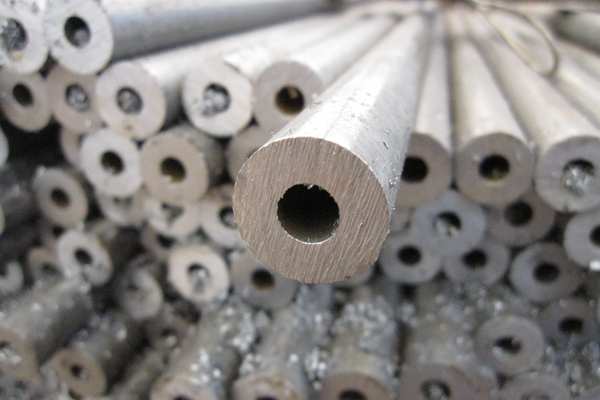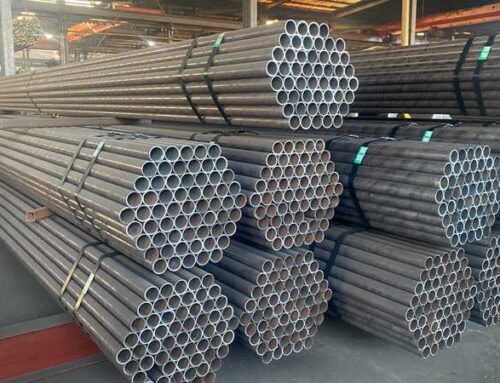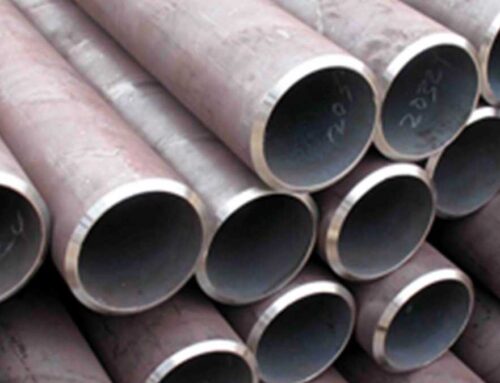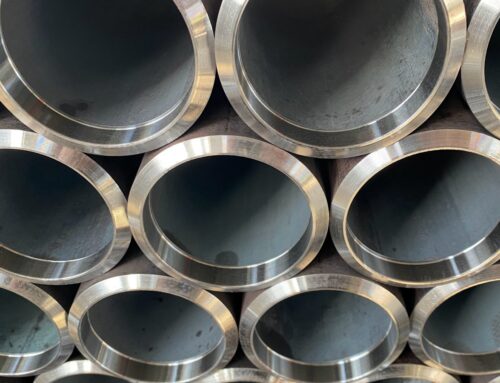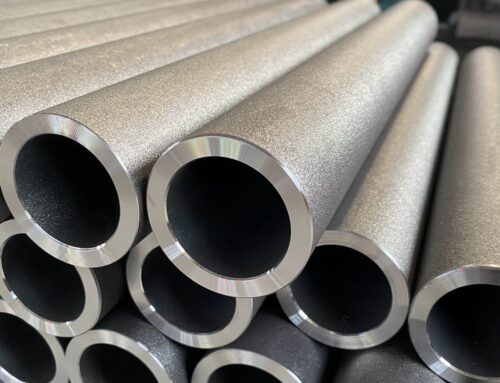Structural Steel Tubing
Structural steel tubing refers to hollow steel sections that are used as structural components in construction and various engineering applications. These tubes are designed to withstand loads and provide support for buildings, bridges, towers, and other structures. Structural steel tubing comes in various shapes, sizes, and grades to meet different engineering requirements.
Structural steel tubing is typically made from carbon steel or alloy steel. Carbon steel is the most common choice due to its affordability and versatility, while alloy steel may be used for specific applications that require enhanced strength or other properties.
The steel grade used for structural steel tubing depends on the requirements of the application and the desired strength and durability. Common steel grades for structural tubing include ASTM A500 Grade B or C, ASTM A513, and ASTM A1085. These grades ensure that the steel has the necessary mechanical properties for structural applications.
Automotive Steel Pipe Blasted
For automotive use
automotive steel pipe fixed length
Fixed length
automotive steel pipe long
Fixed length
Automotive-Steel-Pipe
Automotive-Steel-Pipe
automotive-steel-pipes-packing
automotive-steel-pipes-packing
automotive-steel-tubes-chamfered
automotive-steel-tubes-chamfered
| Structural Steel Tubing Specifications and Description | |
| Product Name | Structural Steel Tubing |
| Standards | ASTM A500/A500M, ASTM A513/A513M, EN 10210-1 and EN 10210-2, EN 10219-1 and EN 10219-2, JIS G 3466, DIN EN 10296-1, etc. |
| Sizes(OD) | Rounds: 8.0mm – 168mm, Squares: 19mm-114mm, Wall Thickness: 1mm-20mm |
| Length Range | 100 mm – 16000 mm |
| Straightness | 1:1000 |
| Production Method | Steel bar - pierced shell - seamless steel tubing by cold drawn / cold rolled |
| Certification | Mill test certificates will be issued according to EN10204.3.1 |
| Material Standard | The tubes Shall be Seamless, and the testing shall be as per A 450 / A450M. |
| Application: | Building Construction, Bridges, Industrial Structures, Infrastructure, Mechanical and Architectural Applications |
| Inspection | All Structural Steel Tubing or products can accept third party inspection. |
| Package | Packed in wooden box or bundles protected with plastic paper, and suitably protected for sea-worthily delivery or as requested. |
| Marking | The Product marking shall include the material grade, ASTM or DIN standards, size, heat no., Lot No., country of origin, certification marks, surface finish and Manufacture name or logo. |
| Delivery Time | 10-30 days for production |
Products Details
Automatic Punching Production Line
Production Range: OD40-90 mm
Cold Drawn Machine
Production Range: OD40-114 mm
Hydraulic Cold Drawn Machine
Production Range: OD90-275 mm
Steel pipe surface pre-treatment
Pickling, Phosphating and Saponification
Furnace
Normalizing Tempering
Honing Machine
Honing Machine & SRB Machining
CNC Machines
Fixed length, flush, chamfered
Alloy Steel Mechanical Tubing
Alloy Steel Mechanical Tubing
ASTM-A106-Grade-B-Seamless-Pipe-Packing
ASTM-A106-Grade-B-Seamless-Pipe-Packing
ASTM A192 Seamless Carbon Steel Tubes Packing
ASTM A192 Seamless Carbon Steel Tubes Packing
cold drawn seamless tubing packing
cold drawn seamless tubing packing
ASTM A179 Seamless Steel Tube Packing
ASTM A179 Seamless Steel Tube Packing
Key Characteristics
Structural steel tubing offers several key advantages, making it a popular choice in various construction and engineering applications. Some of the key advantages include:

